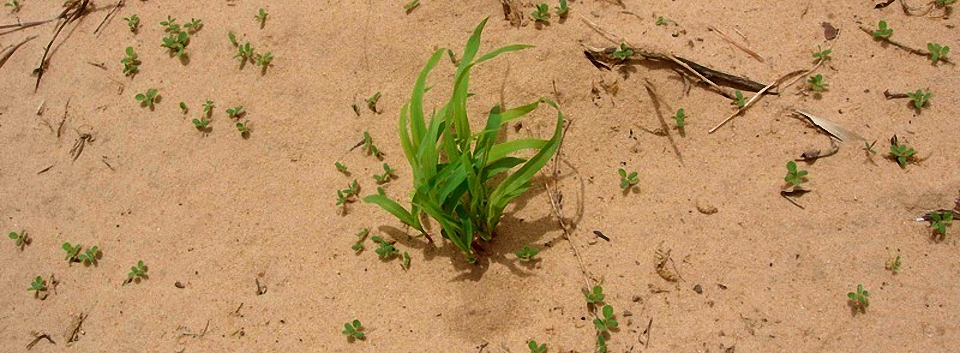![]()
Ex-ante investigations by Konni Biegert in Senegal in cooperation with ISRA showed that no general socio-economic or socio-cultural constraints exist that could hamper the use or distribution of the seedball technology in this context.
Seedballs appear especially useful for women who do not get access to mechanised sowing. A better dissemination of the technology can be expected if seedballs were as small that they could be used with the widely distributed sowing machines. However, mechanical and chemical properties need to be improved.
On-station studies of Jan Mühlena at the ISRA station Bambey in Senegal proved the feasibility of the technology. He showed that it can be adapted to locally available materials. Wood ash as constituent that delivers water soluble nutrients was identified as one promising additive. Higher nitrogen content (especially in form of ammonia) in seedballs reduced germination rates. Addition of nutrients to seedballs resulted in higher plant tissue nutrient concentration in comparison to non-treated controls. Arabic gum as conditioner led also to poor results in germination and growth performance.
Greenhouse studies at the University of Hohenheim of Diana Butzer on the mechanical optimisation of seedballs showed that a diameter of 1.5 cm and random distribution of seed grains in the seedball appear optimal for germination. Depending on the composition, seedballs do not retard germination but can positively influence early plant growth. Urine as N-source did always lead to reduced germination and should be avoided as additive. Manure had a neutral effect.

